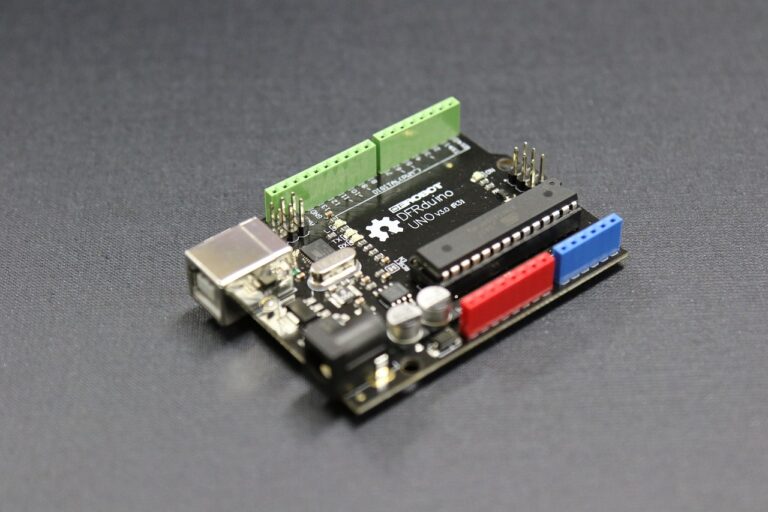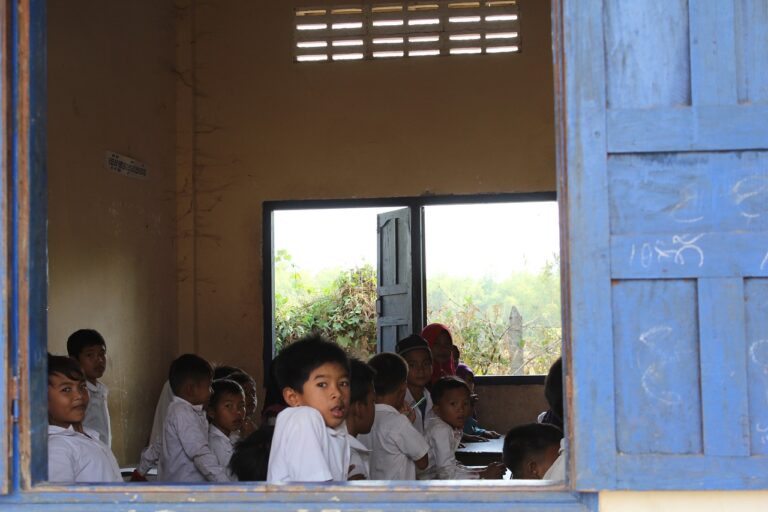Addressing Implicit Bias in School Discipline Policies
Implicit bias refers to the unconscious attitudes or stereotypes that shape our understanding, actions, and decisions towards certain groups of people. These biases are often ingrained in our subconscious minds through socialization, experiences, and media representations. Despite our best intentions, these biases can influence our behavior in ways that we may not even be aware of.
It is important to recognize that everyone possesses some level of implicit bias, as our brains are constantly processing information and making quick judgments based on past associations. These biases can manifest in various ways, affecting how we perceive and interact with individuals from different backgrounds. Understanding implicit bias involves acknowledging its presence and actively working to counteract its effects through education, self-reflection, and open dialogue.
The Impact of Implicit Bias on School Discipline
Implicit biases in school discipline have a profound impact on the way students are treated within educational settings. These unconscious prejudices can lead to disparities in disciplinary actions, with certain groups of students facing harsher consequences compared to others. As a result, minority students are often disproportionately affected by biased disciplinary practices, which can perpetuate inequalities in the education system.
The presence of implicit bias in school discipline can result in a culture of unfair treatment and discrimination, affecting not only the academic performance but also the overall well-being of students. Research has shown that biased disciplinary practices can contribute to higher rates of suspensions, expulsions, and overall school disengagement among marginalized student populations. By recognizing and addressing these biases in school policies and practices, educators can create a more equitable and inclusive learning environment for all students.
Identifying Biases in School Policies
Bias can often be embedded within school policies in subtle ways that may not be immediately apparent. It is crucial for educators and administrators to take a closer look at these policies to uncover any potential biases that may exist. By examining language, decision-making processes, and outcomes of these policies, school officials can identify where biases may be present.
One important aspect to consider when identifying biases in school policies is to evaluate the impact these policies have on different groups of students. Policies that disproportionately affect certain student populations may be indicative of underlying biases. Additionally, considering the historical context and the intended goals of these policies can provide insights into any implicit biases that may have influenced their creation.





